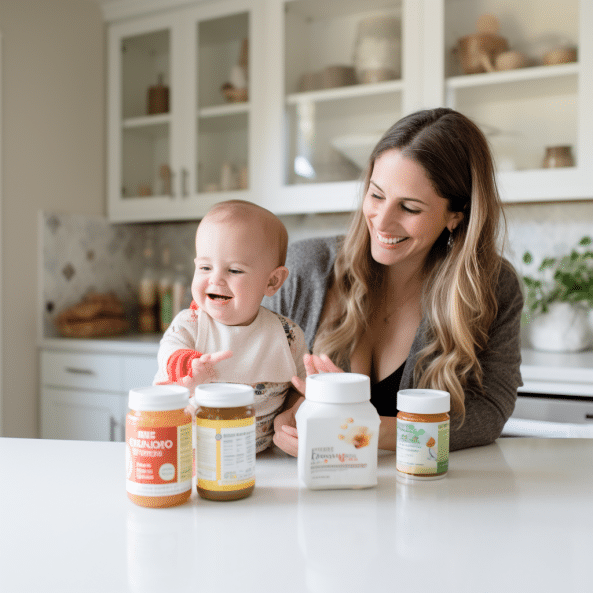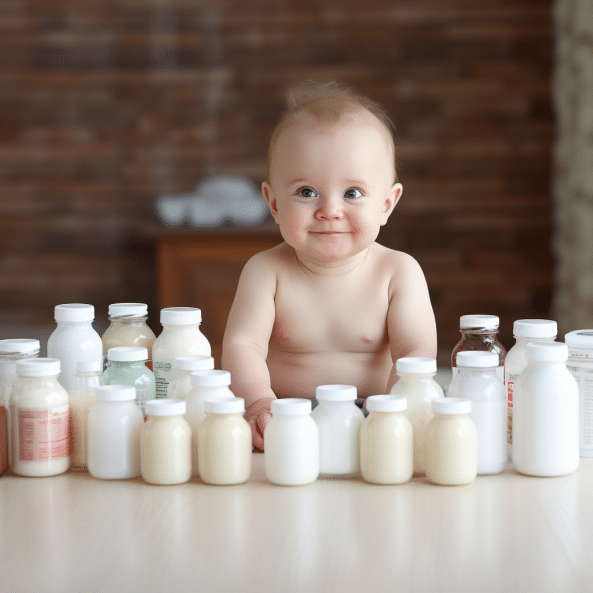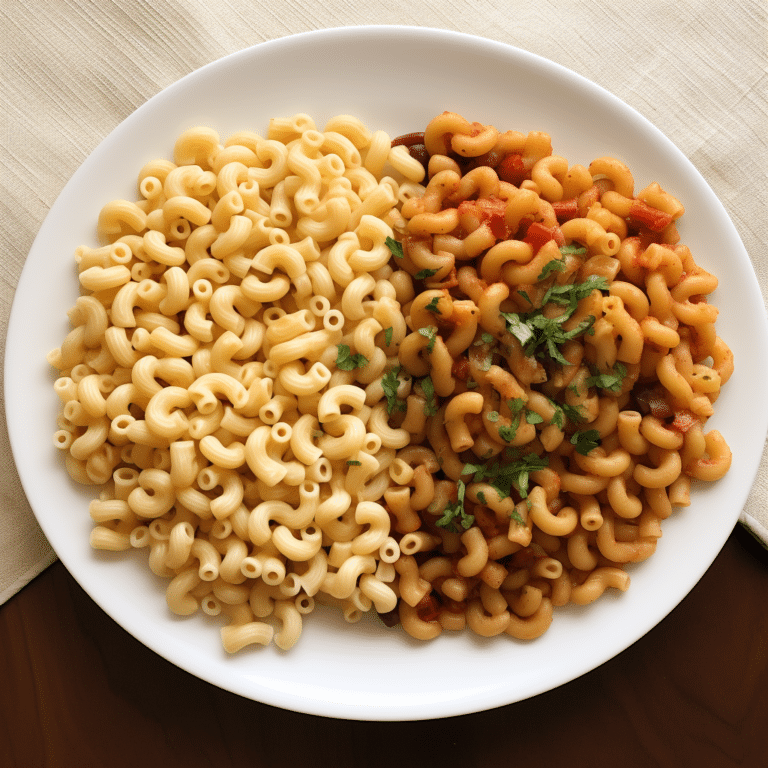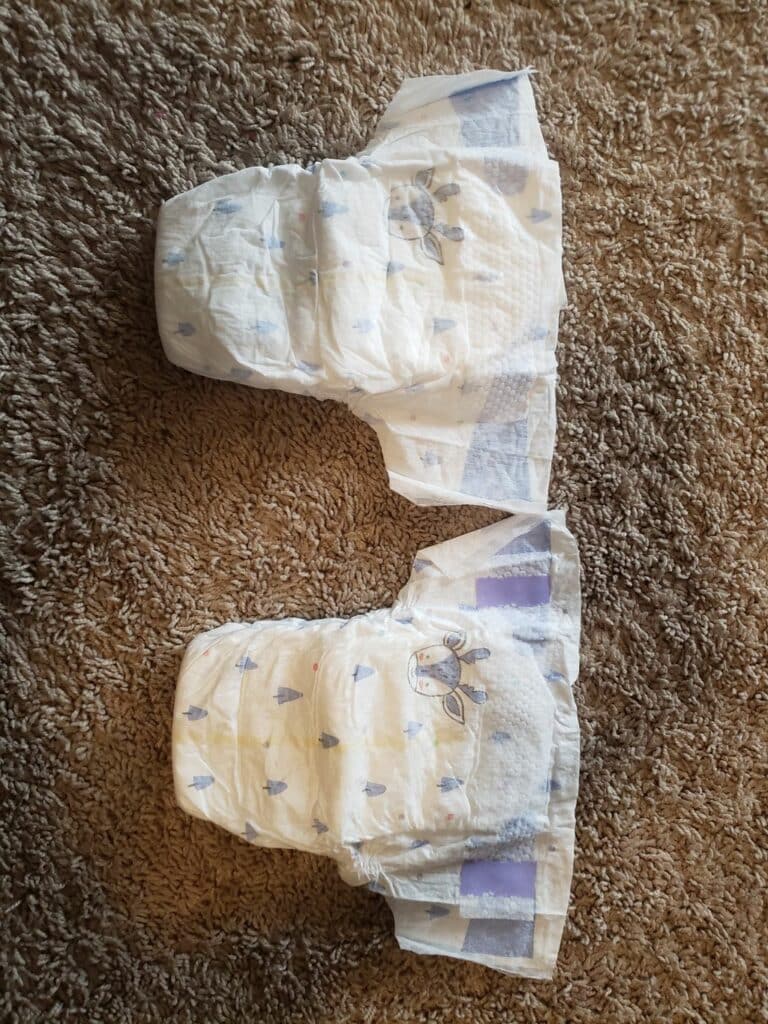Safe and Effective Tips for Switching Baby Formulas
Switching Baby Formulas: It’s a common question for parents and caregivers to switch from Enfamil Infant to Gentlease. Some significant changes take place when babies begin eating solid foods.
Due to this, most pediatricians recommend changing your baby’s formula around six months of age; however, your baby may benefit from the formula as early as four months of age. Here is how to go about switching baby formulas.

Switching Baby Formulas
Switching baby formulas can be a complicated and confusing process for new parents. Of course, there is no such thing as a “perfect baby formula,” but for many parents, there is such a thing as the perfect baby formula – for their baby!
You may have heard that babies are commonly switched from birth to formula in the early months and vice versa by their worried new moms.
Below are some common reasons why a mother might need to switch baby formulas:
- Inability to tolerate cow’s milk-based formula.
If your baby has trouble tolerating cow’s milk-based formulas, you can try switching to an amino acid-based formula. Amino acids are simple proteins that the body uses for growth and development.
They are commonly found naturally in breast milk but not in cow’s milk. Cow’s milk is considered too complex for babies under 12 months old, who have not yet developed the ability to break down these proteins into amino acids.
- If there is a family history of allergies or other food allergies.
While it’s true that some babies may outgrow allergies, others may not. So if there is a history of allergies in your family or if your baby has experienced reactions to foods like eggs or soybeans, it’s best to start with an amino acid-based formula (or hypoallergenic formula).
Effectively Switching Baby Formulas
When switching baby formulas, you need to do it carefully and slowly enough to avoid messing up your little one.
Here are some tips to observe when switching:
- Begin by mixing the new formula with the old one. Gradually increase the amount of new formula and decrease the amount of old formula until you completely switch over.
- Start with just one meal and then add another a day later if there are no problems digesting the new formula. If there is any digestive upset or diarrhea, slow down the pace of switching until your baby settles on a schedule that works for them.
- If you notice any changes in your baby’s stool after switching formulas, contact your doctor immediately, as this could indicate an underlying medical condition.
Is It Safe To Switch Between Baby Formulas?
It’s safe to switch between formulas if your baby is healthy. Most babies do well if you switch back and forth between the two formulas.
However, it’s best to stick with one brand for a week before switching to another. This way, your baby’s intestines will get used to that brand and be less likely to have any problems with the switch.
If you’ve recently switched from one formula brand to another and your baby seems fussy or has diarrhea, call your doctor. This could be a sign of allergic reaction or intolerance.
Main Concern When Switching Formulas
Switching formulas may alter your child’s nutritional balance, which could harm their health. When switching cow’s milk-based formulas, the nutritional content may cause digestive system allergies in your child.
In addition, there have been reports of babies developing diarrhea after switching between formulas due to changes in bacteria levels in their intestines. All in all, if your baby has developed an allergy or intolerance to one type of formula, visit your Pediatrician for consultation.
It may be possible to make an alternative more tolerable by mixing it with other formulas or adding other ingredients like lactose-free milk powder or rice flour to reduce thickness.
Switching From Enfamil Infant to Gentlease
Top sensitive-stomach infant formula brands are Enfamil and Gentlease. Parental favorites For 50 years, pediatricians have trusted Enfamil.
Breast milk and newborn growth improve with milk formulas. Many parties have praised its efficacy and longevity in the saturated baby formula market.
Although rare allergic reactions have occurred, many parents prefer it. Naturally, certain infants’ digestive systems may reject this formula’s reactions. Enfamil Gentlease is another lactose-free toddler formula.
This milk-based formula comforts babies’ stomachs and remedies indigestion. Gentlease is safe for lactose-intolerant neonates since it contains less lactose than other Enfamil products.
Correctly following instructions should facilitate formula switchover. Slowly give your toddler Gentlease formula until tolerant.
Enfamil vs. Gentlease: Which Is Better?
Give your newborn the best when they come home from the hospital. That’s why many parents investigate the best formula for their child. When talking about the best infant formulae, Enfamil and Gentlease are essential.
Since both items have merits and cons, choosing one may be difficult. Target audience, flavor selections, and nutritional content range greatly. Both are “premium” formulas, but Enfamil is meant for preterm or low-birth-weight kids with unique nutritional needs.
It also has more DHA and ARA, which enhance brain growth and vision. However, Gentlease is for fussy and colic babies.
Your needs and preferences will determine which you choose.

Bottom Line
Concerns about switching formulas are understandable, but that doesn’t mean they’re valid. As long as you go about the process safely and responsibly, switching formulas can be perfectly safe.
Granted, you must keep an eye out for any red flags. But if things seem to be going smoothly and your baby seems happy, there’s no reason not to consider a switch.






